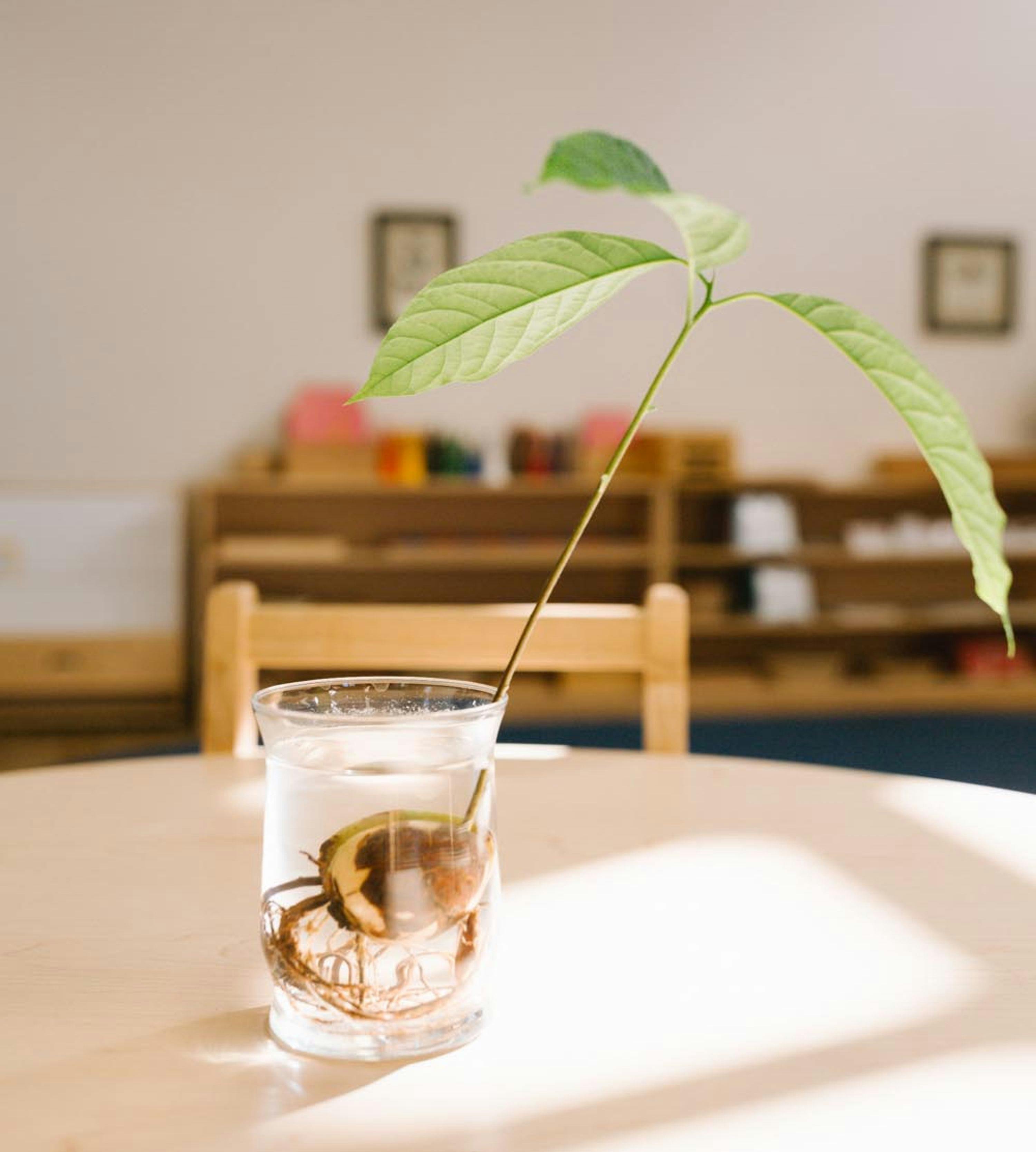Elementary Series: The Peace Table as a Means of Conflict Resolution
Guest columnist Ms. Castillo, an Upper Elementary Lead Guide at Hollywood Beach, offers insight on welcoming conflict and teaching children the skills needed to resolve it independently
Maria Goyen Castillo
Lead Guide
Do you welcome conflict, or do you avoid it at all costs?
As a public school teacher, curriculum was my No. 1 priority, so when students had a disagreement, the easiest thing to do was to quiet them down and sit them at opposite sides of the room. Conflict over, problem solved. Or was it? Those children never got to express how they felt, but more importantly, they did not learn conflict resolution skills. Fortunately, my Montessori training taught me to welcome conflict and to teach children the skills needed to resolve it independently.
Introducing the Peace Table
In the Montessori environment, the child is at the center. The furniture is her size, lessons are accessible and welcoming, and the child is respected. But a significant space in the environment is the Peace Table.
Usually found in a quiet corner of the classroom, a small table is placed with two small chairs and might include a tablecloth, books, finger labyrinth, or other calming objects. Additionally, it will include a vase with a peace flower. This flower is a lesson that is presented by the guide at the beginning of the year and revisited many times throughout.
To introduce the lesson, the guide calls the children to the carpet and asks two of them to role play a disagreement (pushing or name calling may be used in the pretend scenario). The guide then gets the children’s attention and shows them how to solve the conflict peacefully.
How to conduct a conversation at the Peace Table
First, they must take a deep breath and calm down. If they both agree to speak about the issue, they sit across from one another at the Peace Table, and one student gently takes hold of the peace flower. Only the student holding the peace flower may speak, and the other must listen.
It can be helpful to begin with an “I” statement. For example, Susie may say, “I feel angry when you kick my chair as you walk by.” She then hands the flower to Joe, and he must repeat what Susie said to ensure he understood. He then uses an “I” statement to express his feelings. For example, “I feel sad when you ignore me.” After both students have expressed their feelings, they must think of ideas of what each needs to do to make the situation better. When they agree on one, they shake hands and commit to put the plan into action.
The Peace Table lesson can begin in Children’s House and continue through Upper Elementary. Older students may even become peace ambassadors -- students who guide their peers, model peaceful conflict resolution, and reinforce this strategy throughout the year. This lesson teaches children to identify and express their feelings as well as be empathetic toward others. Most importantly, it teaches students how to solve their own conflicts, which is a crucial life lesson.
Maria Goyen Castillo
Maria is an Upper Elementary Lead Guide at Hollywood Beach.
Sign up for our newsletter
Get started with our community today! Sign up for resources.
